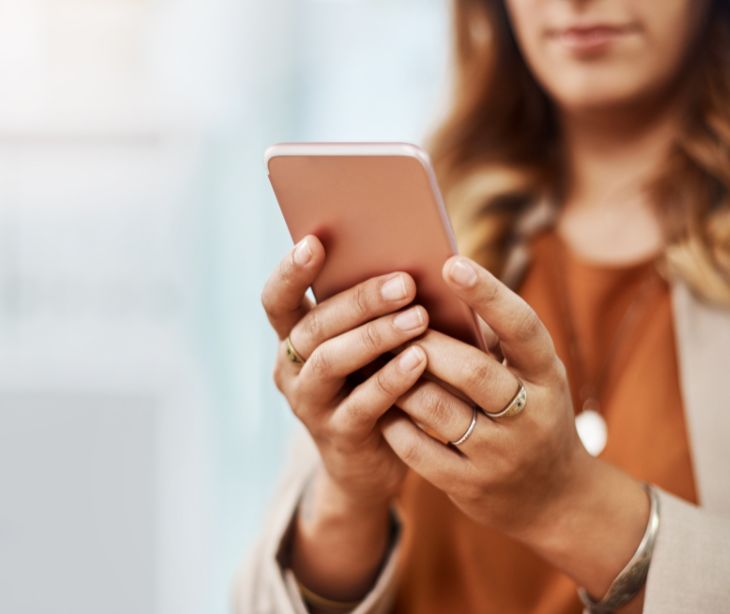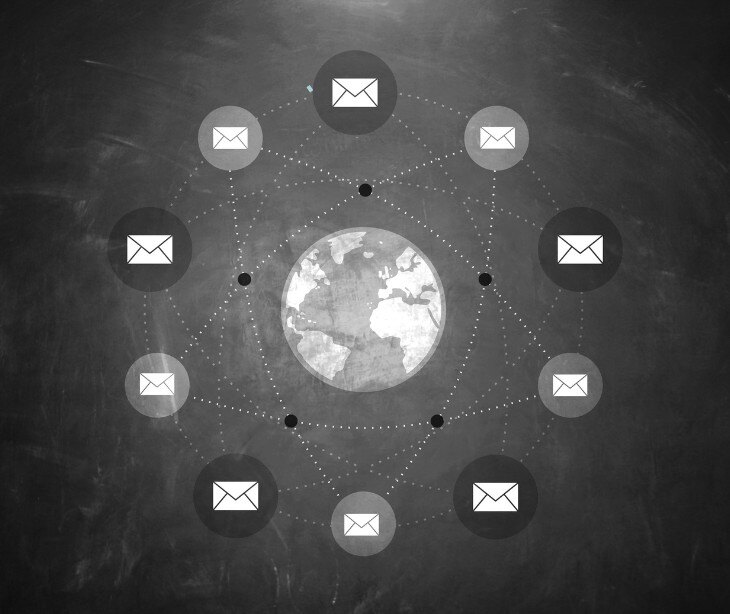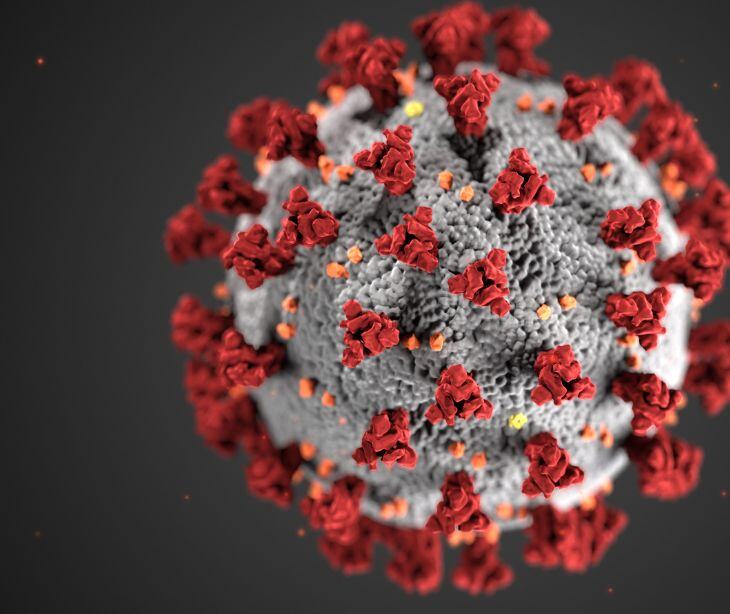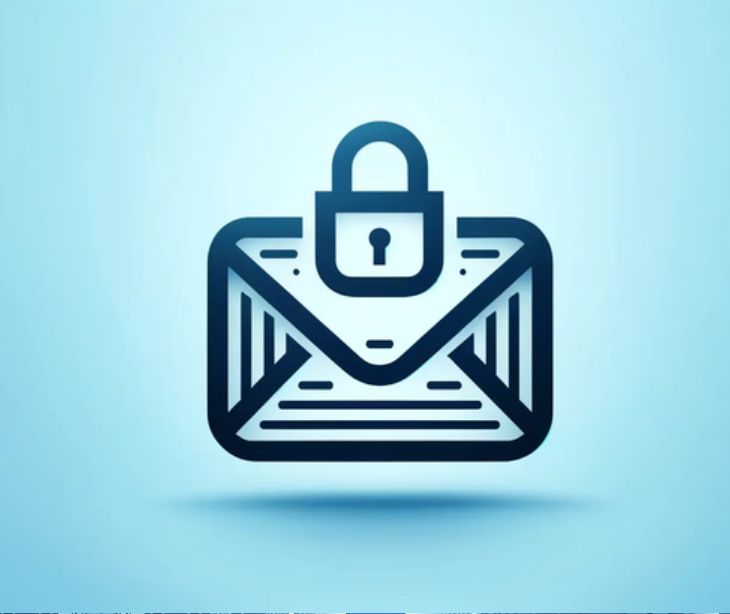4 min read
Using email to bridge language and cultural barriers in healthcare
Farah Amod
May 02, 2024

Clear and concise communication between healthcare providers and patients is necessary for accurate diagnosis, appropriate treatment, and overall patient satisfaction. However, language and cultural barriers often hinder effective communication, leading to misunderstandings, misdiagnoses, and suboptimal healthcare outcomes.
A study on Bridging Cultural Diversity through E-mail found that, “intercultural miscommunication due to language, verbal cues, and nonverbal cues is mitigated by the use of e-mail. This effect decreases process losses due to miscommunication and therefore increases team productivity of heterogeneous teams that use email (compared with those that do not).”
Language and cultural barriers to healthcare communication
Language and cultural barriers are significant challenges in healthcare communication. Patients from different cultural backgrounds may have varying beliefs, values, and communication styles that can impact their understanding of medical information.
Additionally, patients who do not speak the same language as their healthcare providers may struggle to express their symptoms accurately or understand the instructions given to them. These barriers can lead to a breakdown in communication, compromising the quality of care provided.
According to a study on Implications of Language Barriers for Healthcare: A Systematic Review, “Language barriers contribute to reducing both patient and medical provider satisfaction, as well as communication between medical providers and patients. Patients who face language barriers are more likely to consume more healthcare services and experience more adverse events”
Read also: Causes of language barriers in healthcare
Email in overcoming language and cultural barriers
Email has proven to be a powerful tool for overcoming language and cultural barriers in healthcare communication. Research on Bridging Cultural Diversity through E-mail indicates, “The use of e-mail improves language accuracy, mitigates intercultural miscommunication resulting from verbal differences among team members, and eliminates nonverbal differences.”
Furthermore, it provides a written medium that allows for clear and precise communication, free from the limitations of spoken language and cultural nuances. By using email, healthcare providers can make sure that medical information is conveyed accurately and can be referred to by patients at their convenience. Moreover, email allows for the use of translation tools, making it easier to bridge the language gap and ensure effective communication with patients from diverse linguistic backgrounds.
Benefits of using email for healthcare communication
There are several benefits to using email for healthcare communication:
- Email provides a permanent record of communication, which can be useful for documentation and reference purposes. This can help healthcare providers track and monitor patient progress, ensuring continuity of care.
- Email enables asynchronous communication, allowing patients and healthcare providers to communicate at their convenience without the need for simultaneous availability. This flexibility is particularly valuable for patients with busy schedules or those residing in different time zones.
- Email provides a platform for the exchange of attachments, such as lab reports or medical records, facilitating the simple sharing of important healthcare information.
See also: Bridging barriers for immigrant patients with HIPAA compliant emails
Tips for effective email communication in healthcare
While email can be a powerful tool for healthcare communication, it must be used effectively. Here are some tips for ensuring effective email communication:
- Use clear and concise language: Keep the email message simple and straightforward, avoiding technical jargon or complex medical terminology. Use bullet points or numbered lists to organize information for easy readability.
- Be mindful of cultural differences: Consider the cultural background of the recipient and adapt your communication style accordingly. Be sensitive to potential cultural misunderstandings and avoid making assumptions or generalizations.
- Use translation tools when necessary: If communicating with patients who do not speak the same language as you, use translation tools to ensure accurate understanding. However, be cautious, as automated translation tools may not always provide precise translations.
- Maintain patient privacy and confidentiality: Make sure that emails containing sensitive medical information are sent securely and adhere to privacy regulations. Use encryption or secure email platforms to protect patient confidentiality.
- Use appropriate subject lines: Indicate the purpose of the email in the subject line to help the recipient prioritize and categorize their emails effectively. This will ensure that important healthcare information is not overlooked.
Learn more: HIPAA Compliant Email: The Definitive Guide
Best practices for overcoming language and cultural barriers
To overcome language and cultural barriers in email communication, it is necessary to adopt best practices. Here are some recommendations:
- Develop a culturally sensitive email template: Create an email template that takes into account the cultural diversity of your patients. This template should be adaptable and considerate of different cultural norms and communication styles.
- Provide multilingual resources: Include links or attachments to multilingual resources that patients can access to better understand their medical condition, treatment options, or post-treatment care. These resources can be in the form of brochures, videos, or websites.
- Offer language interpretation services: If possible, provide access to professional language interpretation services for patients who require it. This can help facilitate effective communication and ensure an accurate understanding of medical information.
- Train healthcare professionals on cultural competency: Offer training programs to healthcare professionals to enhance their cultural competency skills. This training should focus on developing an understanding of different cultural beliefs, values, and communication styles to improve patient engagement and satisfaction.
- Encourage patient feedback: Create a feedback mechanism to encourage patients to provide input on their experience with email communication. This feedback can help identify areas for improvement and ensure that the email communication strategies are effective and culturally sensitive.
Read more: Considering cultural backgrounds in personalized emails
Tools and resources for improving email communication in healthcare
Several tools and resources can assist healthcare professionals in improving email communication. These include:
- Email management software: Use email management software that offers features like templates, automated responses, and email tracking to streamline communication and enhance efficiency.
- Translation tools: Explore translation tools specifically designed for healthcare communication. These tools can assist in translating important medical information accurately and conveniently.
- Secure email platforms: Consider using secure email platforms that comply with privacy regulations and provide encryption to protect patient confidentiality.
- Multilingual patient education materials: Access multilingual patient education materials that can be shared via email to enhance patient understanding of medical conditions and treatments.
Related: Top HIPAA compliant email services
FAQs
Does HIPAA apply to using email for healthcare communication across language and cultural barriers?
Yes, HIPAA regulations apply to all electronic communications, including email, in healthcare settings. Make sure patient information shared via email is secure and complies with HIPAA guidelines.
Do I need consent to use email for healthcare communication across language and cultural barriers?
Yes, obtaining patient consent is mandatory when using email to communicate healthcare information. Patients should be informed about the risks and benefits of using email for communication and provide consent for their information to be shared in this manner.
What can I use to ensure effective communication across language and cultural barriers via email in healthcare?
To bridge language and cultural barriers in healthcare communication via email, consider using professional translation services, culturally sensitive communication tools, and secure email platforms with encryption to protect patient information.
Subscribe to Paubox Weekly
Every Friday we'll bring you the most important news from Paubox. Our aim is to make you smarter, faster.




